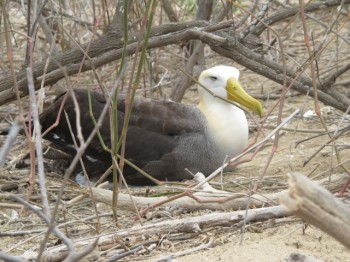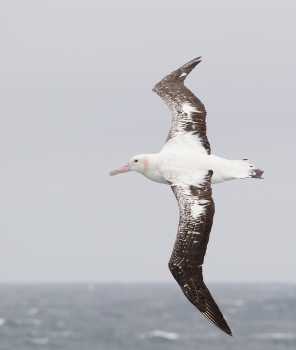A number of presentations on albatrosses and issues relating to seabird bycatch by fisheries was made at the 44th Annual Meeting of the Pacific Seabird Group held in Tacoma, Washington, USA, last week.
Titles with senior authors follow. Click here to read their abstracts (find them via the index).
Arden Blumenthal: Could lasers damage albatross vision? a review of potential risks
Jane Dolliver: Multispectral processing of high resolution satellite imagery to determine the abundance of nesting albatross
Jonathan Felis: Migratory routes and wintering areas of Pink-footed Shearwaters (Ardenna creatopus)
Amanda Gladics: Community engagement strategies for promoting seabird bycatch reduction in commercial fisheries
Ed Melvin: The devil is in the detail: trends in albatross bycatch rates in Alaskan longline fisheries
Pamela Michael: Spatially-explicit population dynamics: incorporating bycatch and environmental variation
Hannah Nevins: Status and conservation of Waved Albatross
Rachael Orben: Comparative flight altitudes of Hawaiian albatrosses
John Peschon: A summary of albatross band recovery data in the Hawaii deep and shallow set longline fisheries
John Peschon: Seabird interactions in the Hawaii deep and shallow set longline fisheries in 2015

Critically Endangered Waved Albatross Phoebatria irrorata on Ecuador's Isla La Plata, photograph by Sebastian Cruz
Many other presentations were made on procellariform seabirds not listed within the Albatross and Petrel Agreement, notably on the threatened petrels and shearwaters of the Hawaiian islands.
John Cooper, ACAP Information Officer, 02 March 2017

 English
English  Français
Français  Español
Español 


